History of Piper Aircraft
Piper Aircraft got its start in 1927 with the Taylor Brothers Aircraft Manufacturing Company out of Rochester, New York. The Taylor brothers – Clarence and Gordon – started the company to produce their Taylor Chummy, a two-place high-wing monoplane design.
After the Chummy failed to turn a profit and Gordon died flying another of the Taylor brothers’ planes, Clarence accepted an offer of investment funds and a new factory in exchange for moving the company to Bradford, Pennsylvania.
Primary investor, William T. Piper, initially worked alongside Clarence but after the company filed for bankruptcy and Piper and Taylor had a falling out, Piper eventually purchased Taylor Brothers Aircraft Manufacturing Company in 1935. He changed the name to Piper Aircraft.
Piper Aircraft’s first model was the E-2 Cub followed by the highly successful Piper J-3 Cub for which the company would come to be known. Sales of the military version of the J-3 Cub bolstered Piper during both World War II and the Korean War. The post-World War II era introduced the PA-15 Vagabond as well as Piper’s first twin all-metal aircraft, and the PA-23 Apache followed in 1954 at the close of the Korean War.
Piper branched out into agricultural aircraft with the PA-25 Pawnee in 1958. By 1960, the Piper line included the Apache, Aztec, Caribbean, Colt, Comanche, Super Cub, and Tri-Pacer though both the Tri-Pacer and Colt would be retired in 1961 to make way for the ultra-successful Cherokee.
Designing the Piper Arrow
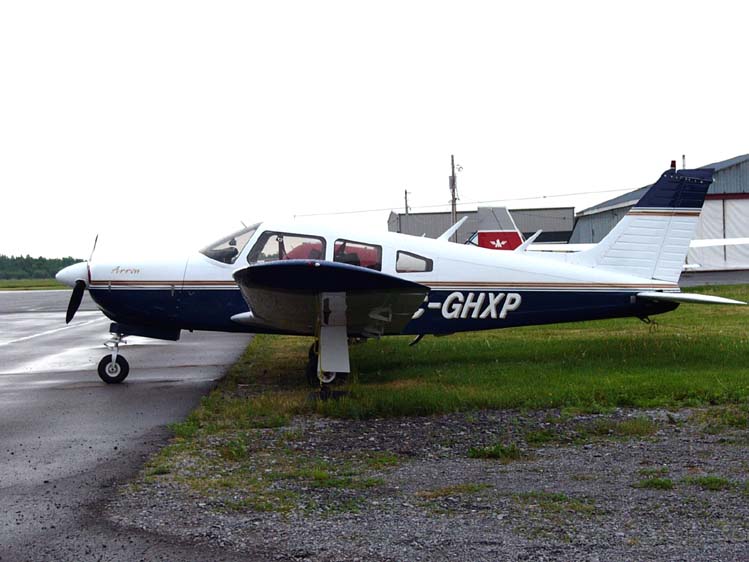
The Piper PA-28R got its start as an offshoot of the Piper Cherokee PA-28. The concept of the original P-28 Cherokee line was to deliver an aircraft that could compete with the low-end fixed-gear single engine market that the Cessna 172 was then dominating. The best Piper had at the time was the Tri-Pacer, and it could not touch the success of the Cessna 172 in the target market.
When the Cherokee 150 was released in 1961, it quickly achieved commercial success and the line was soon expanded to include the 180 and the 235. Over 10,000 PA-28 Cherokees would eventually be built.
As the mid-1960s approached, Piper started eying up the light four-place retractable gear market that Cessna was not competing in at the time and that Mooney was dominating. Starting with the successful design of the Cherokee as a template, the Piper design team got to work and in 1967 the Piper Arrow was born.
Key Design Features of the Piper Arrow
Landing Gear
In keeping with its target demographic’s developing skill level, the Arrow has a unique landing gear configuration. Well aware that new Arrow pilots may be just transitioning from their fixed-gear trainers into complex planes with retractable gears, the Arrow’s designers included a signature design feature to smooth the transition.
The landing gear on an Arrow is an automatic gear. This ingenious system functions as a sort of pilot safety by preventing the gear from early retraction on takeoff and late extension on landing. The system will not let the gear retract until a safe climb speed has been reached, and during landing, it automatically extends the gear if power and airspeed dip below a set threshold. This allows the pilot to go through the process of extending and retracting the gear, but it does so with a built-in safety net that helps keep the pilot safe, at least in theory.
There have been multiple instances of landing gear extending or retracting incorrectly and at inappropriate times. In some cases, this malfunction proved fatal. Piper released a kit that can be used to eliminate the auto gear extension system, although some pilots prefer to keep this feature intact.
Wing Design
Until the Arrow III’s debut in 1977, Piper Arrows had been using the “Hershey Bar” rectangular wings. On the Arrow III, Piper made the transition to semi-tapered wings. There is still plenty of pilot debate about slab vs tapered wing configuration since each has its pros and cons.
In general, as Flying Mag explains, there are three key benefits to the tapered wing. It reduces the bending moment, thus improving structural stability. A tapered wing also has less induced drag as it is closer to an ellipse shape. Finally, many pilots find the tapered look to be more aesthetically pleasing.
The pro-rectangular wing camp notes that a tapered wing tends to stall from the wingtips first whereas a rectangular wing stalls from the root. This makes the rectangular wing less prone to a stall developing into a spin. In short, the tapered wing will be more efficient, but the rectangular wing has better stall characteristics.
Similarity to Cherokee
The Arrow’s shared lineage with the Cherokee is readily apparent simply by appearances. Both inside and out, it is easy to see that the Arrow is not a clean sheet design, but rather a repurposed Cherokee with retractable landing gear. This is an advantage for Cherokee pilots who are ready to make the transition to complex aircraft.
With all the gauges, systems, handling, and procedures being very similar if not identical, the learning curve is shortened. A pilot can start out with one of Piper’s two-place trainers, work up to a four-place fixed gear and finally make the transition to retractable gear all while staying in the same product line they have become accustomed to and comfortable with.
Flying the Piper Arrow

The consensus of flying the Arrow is that it is reliable, competent, and overall unremarkable. That may not sound like high praise, but for pilots making that transition to retractable gear aircraft, an unremarkable flight in an easy to fly plane is the goal, and the Arrow delivers. The Arrow is a solid performer across the board with benign handling characteristics and satisfactory performance specifications.
It should be noted that the Arrow and Arrow II had a lower fuel capacity, and a correspondingly lower max range. This was improved with the much larger Arrow III tanks. The T-tail Arrows are considered to have the least preferential handling characteristics thanks to pronounced performance differences across airspeeds.
From a maintenance standpoint, Arrow owners should be aware of the history of wing spar cracks on the PA-28 family of aircraft. Know what to inspect, conduct regular inspections as recommended, and comply with applicable airworthiness directives.
Purchasing a Piper Arrow
With nearly 7,000 Arrows produced, plenty are still in circulation. Current production model Arrows are available new directly from a Piper via a local dealer or through fleet sales. Plan to budget $228,700 for the base price of a new Arrow or an average of $43,000 for a used model.
Choose a full-size aircraft for your hangar, and take home a matching model Arrow to grace your desk. Once your dream of owning a Piper has come true, it is time to join the Piper Owner Society to connect you to other Piper owners and events.
Variants of the Piper Arrow
There have been many variants of the Piper Arrow introduced throughout its more than 50-year lifespan. Each variant has been part of the continual refinement process to further perfect a winning design.
Piper Arrow (PA-28R-180)
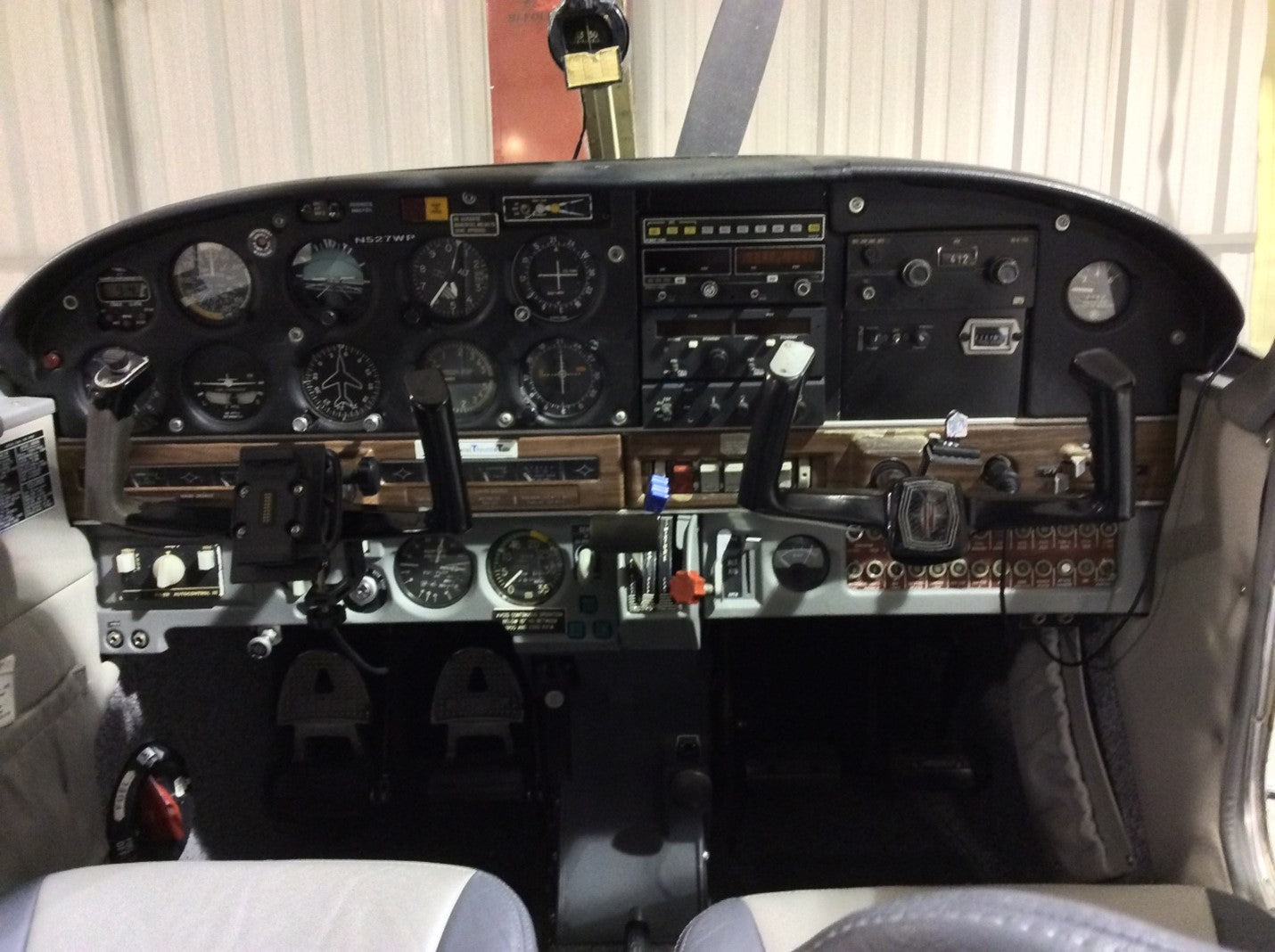
The original 1967 Arrow was outfitted with a 180 horsepower Lycoming IO-360-B1E engine and constant speed prop for a base price of $16,900. More than 1,100 original Arrows were sold in the first 2 years of production.
Piper Arrow (PA-28R-200)
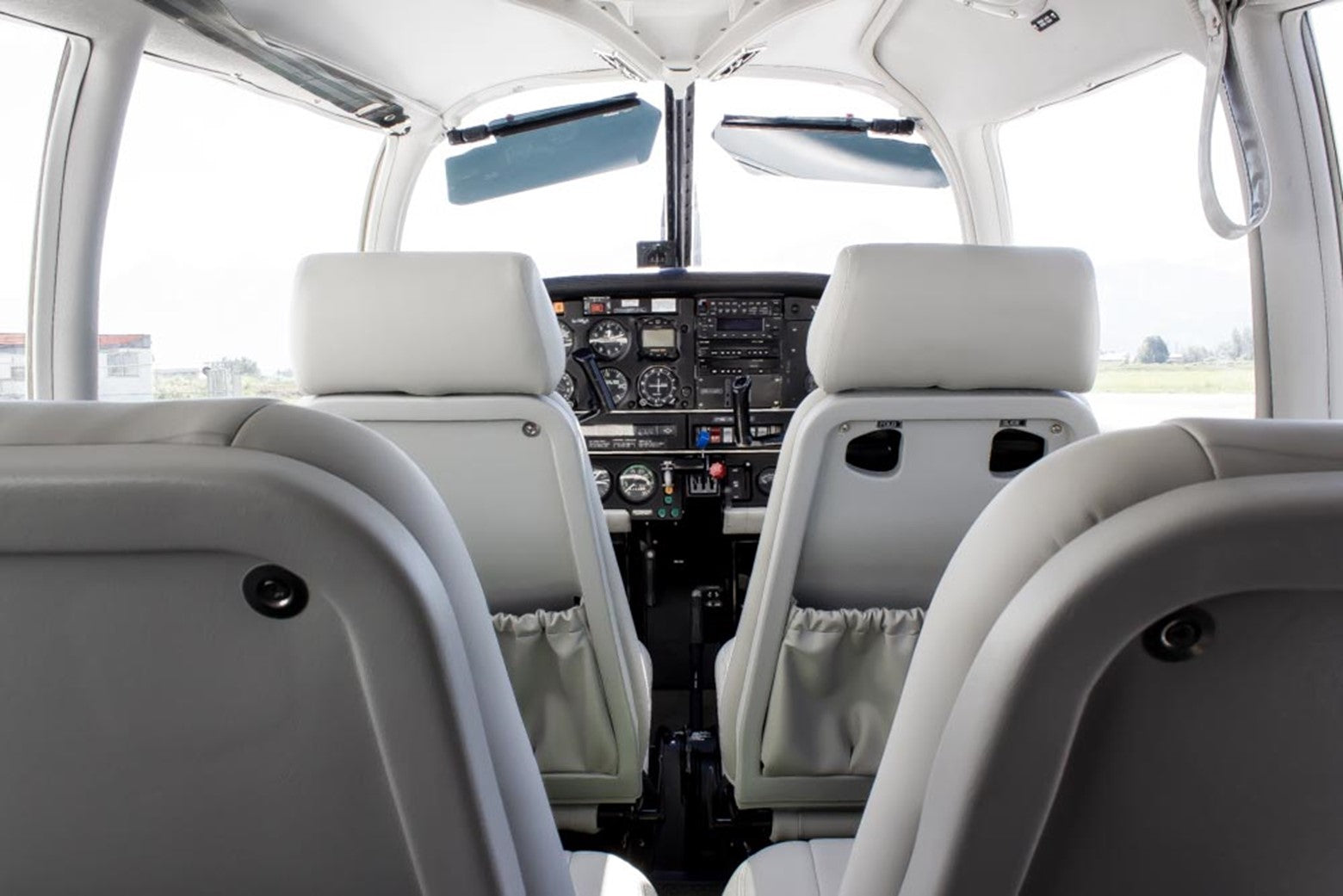
With strong sales proving that the overall design concept was solid, Piper made the first tweak to the Arrow. The 200 version of the original Arrow retailed for just $500 more than the original and it was powered by a 200 horsepower Lycoming IO-360-C1C engine.
Piper Arrow II (PA-28R-200)
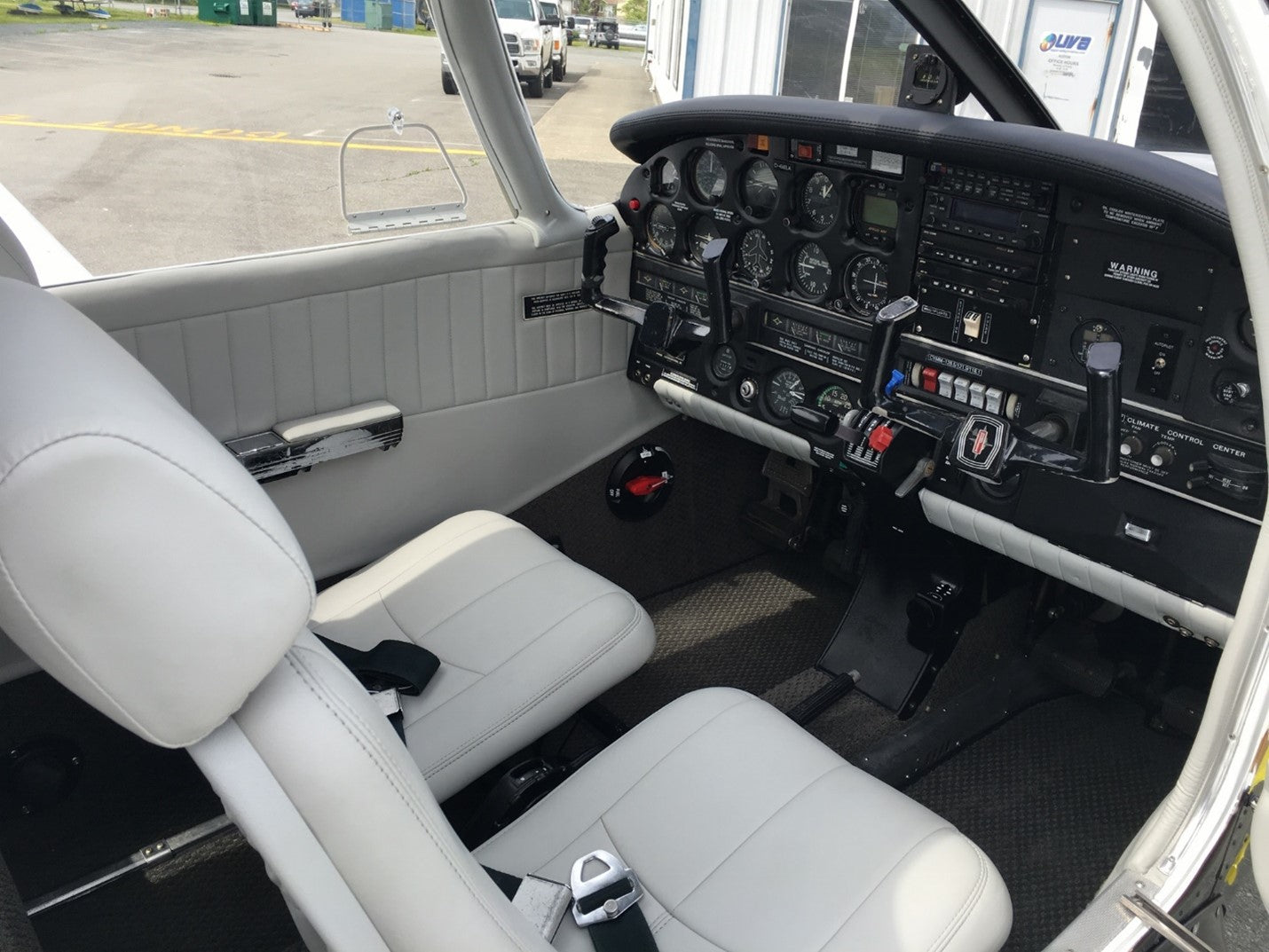
The Arrow II made its debut in 1972, and it was bigger and better, featuring creature comforts like an extended fuselage for increased passenger leg room, wider cabin windows and door, plus an updated paint scheme.
On the performance side of things, the Arrow II got a modified upswept rudder along with a 26-inch increase to wing span for improved rate of climb and takeoff run. A bigger stabilator enhanced stability and control.
Piper Arrow III (PA-28R-201)
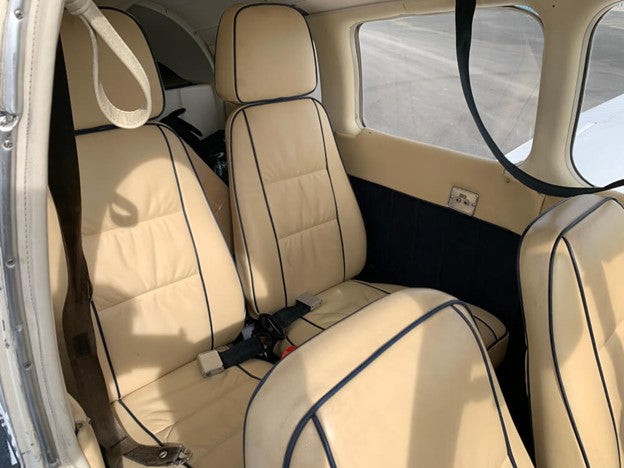
The newest wing design was released in 1977 with the Piper Arrow III. The semi-tapered wing was not really new but rather was borrowed from the Cherokee 140. It had a higher aspect ratio than the Arrow’s former Hershey Bar design, and the boost in glide performance netted pilots a 24-gallon increased fuel capacity.
Piper Turbo Arrow III (PA-28R-201T)

The first turbo version of the Arrow was released in 1977. It was powered by a Continental TSIO-360-F and Rajay turbocharger with the option for a 3-blade propeller.
Piper Arrow IV (PA-28RT-201)
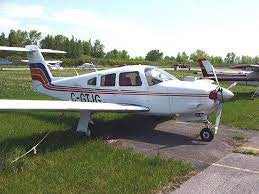
The new T-tail design released in 1979 was meant to bring reduced cabin noise and enhanced handling characteristics to the Arrow. Unfortunately, the subsequent decrease in pitch control during landing approach speeds caused Piper to back away from the T-tail by the end of the 1980s.
Piper Turbo Arrow IV (PA-28RT-201T)

The turbo version of the Arrow IV was released in 1979 and also had the now defunct T-tail. It was powered by a 200-horsepower turbocharged Continental TSIO-360-FB engine.
New Piper Arrow
After Piper Aircraft declared bankruptcy in 1991, it was reformed as the New Piper Aircraft company in 1995. By 2006, the original name had been resurrected as had some favorite aircraft lines, among them the Arrow. The new Piper Arrow, which is currently in production, is powered by a 200-horsepower Lycoming IO-360-C1C6 and comes outfitted with Garmin G500 avionics.
1970 Piper Arrow PA-28R-180 Specifications

- Engine: Lycoming IO-360-B1E
- Horsepower: 180 hp
- Propeller: Hartzell 2-blade constant speed
- Length: 24 feet 3 inches
- Height: 8 feet
- Wingspan: 30 feet
- Wing Area: 160 square feet
- Wing Loading: 15.6 pounds/square foot
- Power Loading: 13.9 pounds/horsepower
- Seats: 4
- Standard Empty Weight: 1,380 pounds
- Maximum Gross Weight: 2,500 pounds
- Takeoff/Landing Weight: 2,500 pounds
- Maximum Useful Load: 1,120 pounds
- Baggage Capacity: 200 pounds
- Fuel Capacity: 50 gallons
1970 Piper Arrow PA-28R-180 Performance
- Takeoff Ground Roll: 820 feet
- Takeoff Over 50 ft. Obstacle: 1,240 feet
- Rate of Climb, Sea Level: 875 feet per minute
- Top Speed: 186 KCAS
- Cruise Speed: 148 KCAS
- Stall Speed (Landing Configuration): 55 knots
- Stall Speed (Clean): 60 knots
- Fuel Consumption: 9.4 gallons per hour at 75% power
- Range: 550 nautical miles
- Service Ceiling: 15,000 feet
- Landing Ground Roll: 776 feet
- Landing Over 50 ft. Obstacle: 1,340 feet
1972 Piper Arrow II PA-28R-200 Specifications
- Engine: Lycoming IO-360-C1C
- Horsepower: 200 hp
- Propeller: Hartzell 2-blade constant speed
- Length: 24 feet 7-1/4 inches
- Height: 8 feet
- Wingspan: 32 feet 2-1/2 inches
- Wing Area: 170 square feet
- Wing Loading: 15.6 pounds/square foot
- Power Loading: 13.25 pounds/horsepower
- Seats: 4
- Standard Empty Weight: 1,499 pounds
- Maximum Gross Weight: 2,650 pounds
- Takeoff/Landing Weight: 2,650 pounds
- Maximum Useful Load: 1,151 pounds
- Baggage Capacity: 200 pounds
- Fuel Capacity: 50 gallons
1972 Piper Arrow II PA-28R-200 Performance
- Takeoff Ground Roll: 1,025 feet
- Takeoff Over 50 ft. Obstacle: 1,800 feet
- Rate of Climb, Sea Level: 900 feet per minute
- Top Speed: 186 KCAS
- Cruise Speed: 148 KCAS
- Stall Speed (Landing Configuration): 56 knots
- Stall Speed (Clean): 62 knots
- Fuel Consumption: 10.15 gallons per hour at 75% power
- Range: 600 nautical miles
- Service Ceiling: 15,000 feet
- Landing Ground Roll: 780 feet
- Landing Over 50 ft. Obstacle: 1,380 feet
1988 Piper Arrow III PA-28R-201 Specifications
- Engine: Lycoming IO-360-C1C6
- Horsepower: 200 hp
- Length: 24 feet 7 inches
- Height: 7 feet 9 inches
- Wingspan: 35 feet 4 inches
- Wing Loading: 16.2 pounds/square foot
- Power Loading: 13.7 pounds/horsepower
- Seats: 4
- Standard Empty Weight: 1,603 pounds
- Maximum Gross Weight: 2,750 pounds
- Takeoff/Landing Weight: 2,750 pounds
- Maximum Useful Load: 1,147 pounds
- Baggage Capacity: 200 pounds
- Fuel Capacity: 77 gallons
1988 Piper Arrow III PA-28R-201 Performance
- Takeoff Over 50 ft. Obstacle: 1,600 feet
- Rate of Climb, Sea Level: 510 feet per minute
- Top Speed: 186 KCAS
- Cruise Speed: 148 KCAS
- Stall Speed (Landing Configuration): 55 knots
- Stall Speed (Clean): 60 knots
- Fuel Consumption: 12.7 gallons per hour at 75% power
- Range: 695 nautical miles
- Service Ceiling: 16,200 feet
- Landing Ground Roll: 615 feet
- Landing Over 50 ft. Obstacle: 1,525 feet
New Piper Arrow Specifications
- Engine: Lycoming IO-360-C1C6
- Horsepower: 200 hp
- Propeller: McCauley 2-blade constant speed
- Length: 24 feet 8 inches
- Height: 7 feet 10 inches
- Wingspan: 35 feet 5 inches
- Wing Area: 170 square feet
- Wing Loading: 16.18 pounds/square foot
- Power Loading: 13.75 pounds/horsepower
- Seats: 4
- Standard Empty Weight: 1,798 pounds
- Maximum Gross Weight: 2,758 pounds
- Maximum Ramp Weight: 2,758 pounds
- Maximum Useful Load: 960 pounds
- Baggage Capacity: 200 pounds
- Fuel Capacity: 72 usable gallons
New Piper Arrow Performance
- Takeoff Over 50 ft. Obstacle: 1,600 feet
- Rate of Climb, Sea Level: 831 feet per minute
- Cruise Speed: 137 ktas
- Stall Speed: 55 kts (landing configuration)
- Fuel Consumption: 10.5 gallons per hour at 75% power
- Endurance: 6.5 hours at 65%
- Range: 880 nautical miles
- Service Ceiling: 16,200 feet
- Landing Over 50 ft. Obstacle: 1,520 feet
Common Piper Arrow Problems
The Piper Arrow is designed to be one of the most reliable planes for pilots who want something that they can trust. Some people have reported hydraulic landing gear issues, but those can happen with any plane given the right circumstances. Other common complaints include less-than-desirable performance at low speeds and over-rotation on takeoff, but again these are minor and could be found on many models.
Overall, this plane is one that works well and provides years of use when properly maintained. If you buy a used Piper Arrow, you’ll want to be sure to have it inspected so that you’re not buying someone else’s problems. Other than that, you shouldn’t have issue with this brand.
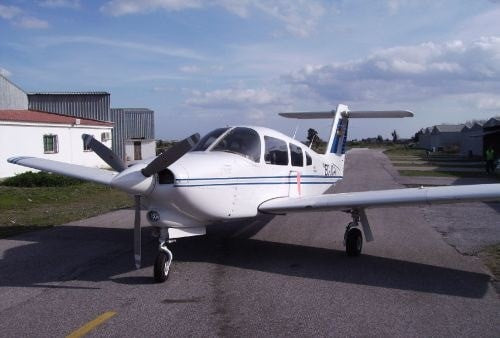
Where to Find Replacement Parts
In addition to Piper Aircraft’s own website filled with aftermarket and OEM parts, you can also find Piper Arrow replacement parts on several different websites. Sites like eBay, Preferred Airparts, and even Plane Parts Company all come up when you do a quick Google search for parts.
It’s best to gain access to a parts catalog for the model of Piper Arrow that you purchase so that you can be sure you’re getting the right replacement parts when you order them. It’s also helpful to have a reliable mechanic who may be able to help you source the parts you need for a better price.
Owner Reviews
Do you own a Piper Arrow? If so, please send us a review of your aircraft. We'd love to publish it to this article.
FAQ
How fast is a Piper Arrow?
The Piper Arrow has cruise speeds ranging from 130 to 143 knots, with turbocharged versions getting up to as much as 170 knots.
How much does a Piper Arrow cost?
Depending on the model you choose and whether you buy new or used, you could spend anywhere from $33,000 to more than $225,000 on a Piper Arrow.
How much horsepower does a Piper Arrow have?
The Piper Arrow ranges in horsepower from 180HP to 200HP based on the model and whether it includes a turbocharged engine.
Is it hard to fly a Piper Arrow?
These planes are specifically designed to be easy to fly, which makes them a popular choice for first-time buys and new pilots.
How much fuel does a Piper Arrow burn per hour?
The average fuel consumption for Piper Arrow models ranges from nine to 12 gallons per hour, with turbocharged models using closer to 14 gallons per hour at max speeds.
What is the range of the Piper Arrow?
The Piper Arrow has a range of 300 to 700 nautical miles on most models.
Additional Reading Material
Piper Arrow Manuals, Checklists and Models are available at PilotMall.com
Want to learn about different aircraft?
Our guides provide everything you need to know.
Did you find this article helpful?
Do you think we missed anything important? Let us know in the comments below!


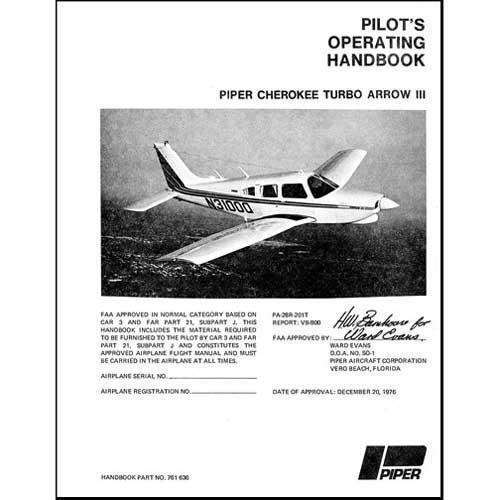
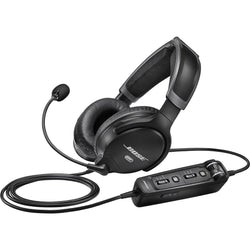

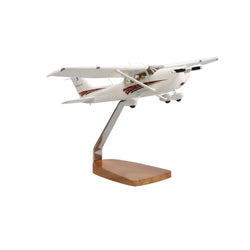

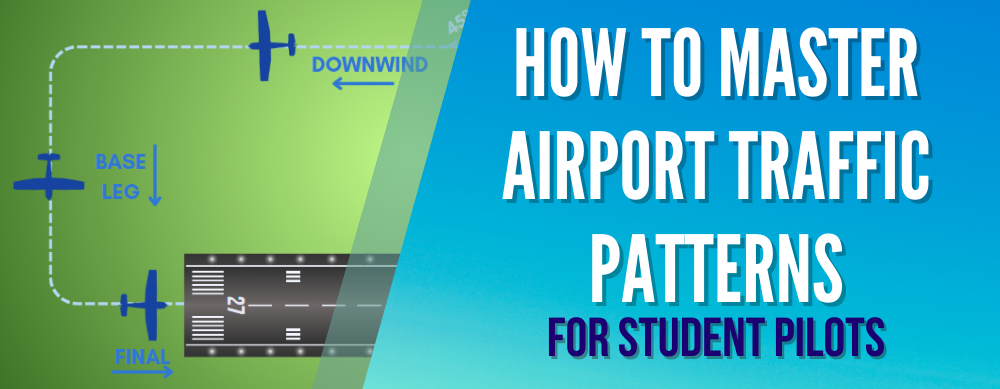

2 comments
Jayne Holbrook
Hello pilotmall.com owner, Well done!
Chris Finnerty
Your article says, “Similarity to Cherokee” and a “shared lineage with the Cherokee”. I think the author is a little confused. The Arrow isn’t similar to a Cherokee, it is a Cherokee, just one of the types of Cherokees, like the Archer. It even says so on the cover of the POH you have published in the article.